
My friends Elena Chrimat and Alex Williams* recently went on vacation in Mexico. They booked a condo and traveled down there from their home in the Phoenix, Ariz., area. They may the first ones ever to stay there who looked at the laundry (photo below) and had an immediate concern. Do you see why this is a dangerous gas water heater?
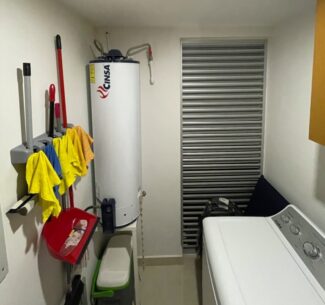
A hidden danger
The problem with the water heater is easy to spot if you know what to look for. First, it’s easy to identify it as a gas water heater. There’s a gas line going to the regulator at the bottom of the water heater and a draft diverter—the conical piece—at the top of the water heater (photo below). So it heats water by burning fossil gas, which is mostly methane.
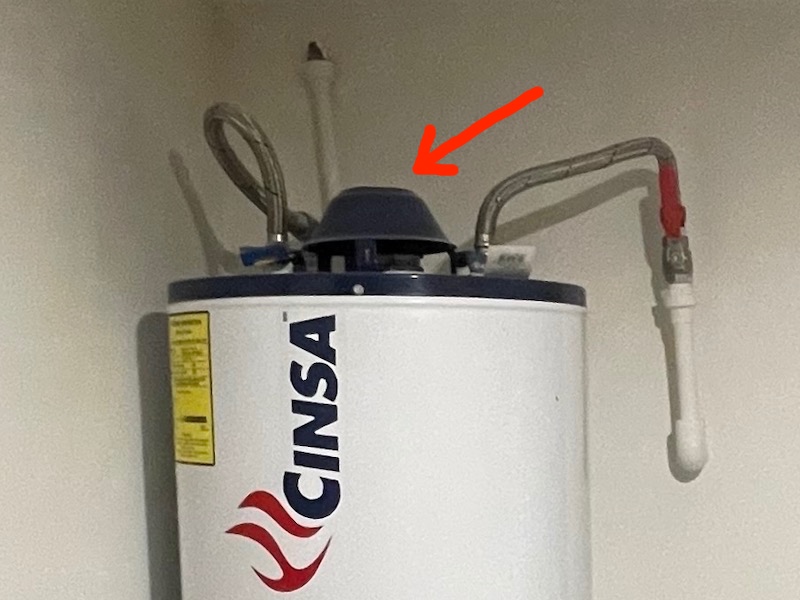
Weekly Newsletter
Get building science and energy efficiency advice, plus special offers, in your inbox.
This type of water heater is called a “natural draft” water heater because it removes the exhaust gases without assistance from a fan. The buoyancy of the hot gases causes them to rise. The flue channels them to an exterior vent up and away from the living space. The lead photo at the top of this article shows a natural-draft water heater with a flue attached to the draft diverter.
This condo has no flue. All of the exhaust gases empty into that laundry room. The designers or installers or both decided to cut the cost of running flues through this 27-story building by just putting in those louvers you see on the right. On the other side is an exterior hallway open to the outdoors.
Are louvers enough?
Relying on that louvered opening to remove the exhaust gases is a dangerous proposition, for more than one reason. First, hot exhaust gases rise. When they come out of the top of the water heater, they’re going straight to the ceiling above. From there, they’ll spread out in every direction. Some may escape through the upper louvers.
If there’s pressure in the hallway on the other side of the louvers that is lower than the pressure in the laundry room, more of the exhaust gases will go out. I suspect, though, that when the gas water heater operates, a lot of the exhaust gases will hang out in that room for a while. One way to remove them more quickly would be to run the dryer, but doing that whenever the water heater is on would be difficult.
Second, if the exhaust gases do what the designers hoped, that hallway fills with carbon dioxide, nitrogen dioxide, water vapor, and maybe some carbon monoxide, too. And it would be coming from every unit with a water heater that’s heating water. Alex told me that the hallway is open to the outdoors on one end, so anyone walking through may breathe in quite a bit of nasty air.
Elena and Alex are home-performance contractors in Phoenix (check out their company, Ideal Energy), so they understand combustion safety. They knew immediately that the water heater could put carbon monoxide into the air. They saw the louvered opening as a possible exit path for the exhaust gases, but knew they could still be in danger. Fortunately, the laundry room has a door, and they left it closed when they were in the condo. They also had a large sliding door that they left open for fresh air.
Did they suffer low-level carbon monoxide poisoning on their vacation? It’s hard to know. They didn’t bring a CO monitor, so they don’t know for sure. Also, when gas combustion is working as it should, it produces little to no carbon monoxide. But other combustion products (nitrogen dioxide and carbon dioxide) can be a problem, too. While there, they spoke with someone who lived in the building, and he has a Nest carbon monoxide detector, which he said has gone off a few times.
If you’re wondering how this unvented gas water heater is different from a ventless gas fireplace, it isn’t. Those are also a hazard, which is why they’re banned in Canada and other places. The ventless gas fireplace industry has been fighting the ASHRAE residential ventilation committee for a while, and they’re doing their best to keep from being banned completely. Here’s an update on that battle from 2016. In 2018, the last time I attended one of the meetings, things were still about the same. A friend on the committee tells me they’ve just introduced a proposal to ban ventless gas fireplaces completely, and it looks like it’s going to pass.
Beware of dangerous gas water heaters
Leaving the flue off of a gas water heater may seem like a situation you won’t encounter in the U.S., but don’t be so sure about your safety. Plenty of natural-draft gas water heaters in the U.S. are dangerous. They’re the most easily backdrafted combustion appliances found in homes. And a lot of homes have them.
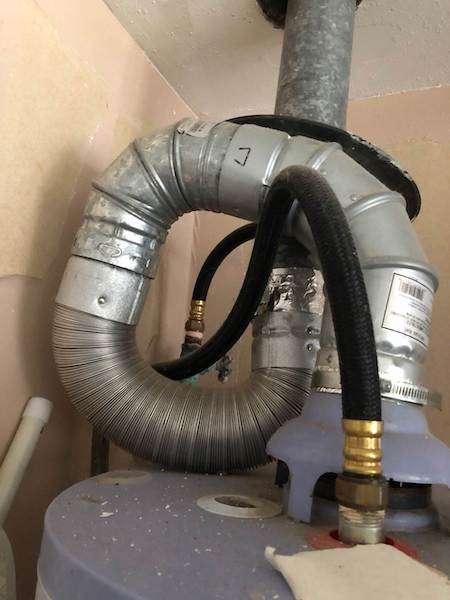
You can do a quick check to make sure your flue goes up all the way to the outside. And while you’re inspecting for rise, also look for disconnects in the flue. That’s another common problem. Also, if you have any combustion appliances in your house (or in an attached garage), get yourself a low-level carbon monoxide monitor.
Those of us who know a little building science walk into buildings and immediately check out this kind of stuff. We can’t not do it. Most of the time, the bad stuff we see hurts energy efficiency, comfort, and/or durability. And as you can see from Alex and Elena’s experience, sometimes we find buildings that can be dangerous. It’s good to know a little building science in those cases.
_________________________________________________________________________
Allison Bailes of Atlanta, Georgia, is a speaker, writer, building science consultant, and the founder of Energy Vanguard. He has a PhD in physics and writes the Energy Vanguard Blog. He is also writing a book on building science. You can follow him on Twitter at @EnergyVanguard.
* Elena and Alex have a home-performance contracting company in Phoenix, Ariz., called Ideal Energy. If you’re lucky enough to live in their service area, you shouldn’t hesitate to hire them when you need home-performance work done on your house.




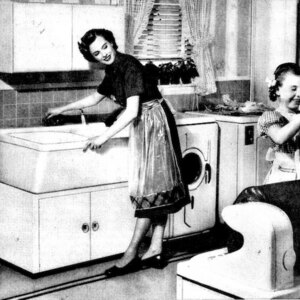
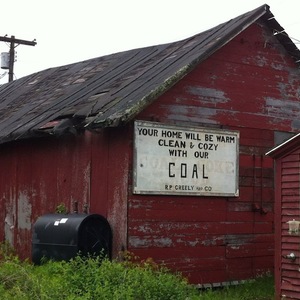
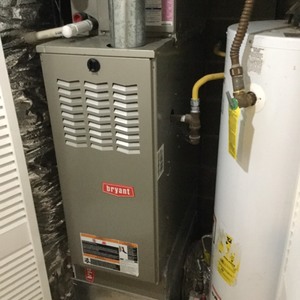
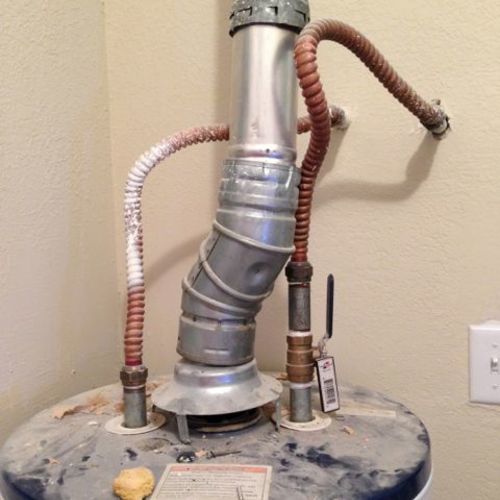







2 Comments
Perhaps a lesser concern especially in an arid region is the water vapor from combustion. Before I knew any better we used the ventless fireplace in our house and ended up with condensation not only on windows but on walls too. Come to think of it, maybe I should probe some of those walls too make sure they have insulation...
It would be important to have actual numbers and facts about the potential CO poisoning in this case. I highly doubt that there was any danger whatsoever, that there was anything scientists could honestly characterize as "poisoning". There's nothing scientific about just making stuff up. CO poisoning requires a sufficient concentration, just like any other poisoning.
In the atmosphere, CO is less than 1 ppm (0.1 ppm last I heard). Thousands of ppm are lethal in the short-term, but I don't recall the necessary exposure time. Occupational guidelines are usually in the tens of ppm for chronic all day exposure. I'm not sure what the risks are for say 10 or 30 ppm all day, five days a week for 30 years, but it's likely to be small since 30 ppm is the OSHA guideline or limit in the US. It's bounced around some over the years, and used to be lower, which implies that more research suggested it was safer than previously assumed at those levels.
I'm not sure what level would be dangerous for a weekend of exposure, but I would certainly find out before I made claims about "danger". There's too much irrational fear in the US and other affluent countries already, an explosion of neuroticism and a lack of rigor about actual risk levels.
The fears about the outdoor walkway are almost certainly bogus – outdoor air movement creates a profoundly more diffuse and safer setting than indoors. There's virtually never any reason to care about gases outdoors, and of course any exposure to trace levels of CO on the walkway will be too fleeting to matter.
As far as I know, humans don't suffer any lasting effects from brief exposure to elevated levels of gases like CO or other combustion byproducts, assuming tens of ppm and 48 hours or so. That's not anything. Humans have been sitting around fires for thousands of years, and we should need evidence before activating our fear machinery. Moreover, context is vital. Going to Mexico incurs much more worrisome risks than mild CO exposure, and most humans wouldn't even consider going. As a Mexican-American with lots of relatives in Mexico, and lots of awareness of what goes on there, it's incredibly strange to see contemporary Americans going to Mexico and worried more about "building science" than the danger they've put themselves in by being in Mexico. I feel like this new ideology we're seeing is unprecedented in what it makes people fear, and what it ignores.
Log in or create an account to post a comment.
Sign up Log in